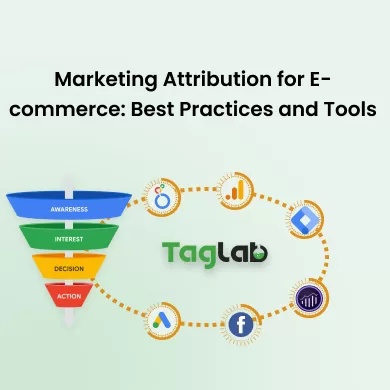Your cart is currently empty!
Brand Portfolio
Posted by:
|
On:
|
Brand Portfolio refers to the collection of different brands owned by a single company or organization. This portfolio includes all the individual brands, product lines, and sub-brands that the company markets to consumers. A well-managed brand portfolio allows companies to diversify their offerings, target different market segments, and leverage brand equity to maximize overall performance and profitability.
Detailed Explanation
A brand portfolio encompasses various elements and strategies, including:
- Brand Variety: Companies may offer multiple brands that serve different purposes or target distinct consumer demographics. For example, a beverage company might own brands ranging from premium to budget-friendly options.
- Sub-Brands: These are brands that are associated with a parent brand but maintain their unique identities. Sub-brands can help cater to specific market needs while benefiting from the parent brand’s reputation.
- Brand Positioning: Each brand within the portfolio should have a clear positioning strategy that defines its unique value proposition and target audience. Effective positioning helps avoid brand overlap and confusion among consumers.
- Brand Synergy: Successful brand portfolios leverage synergies between brands to enhance market presence. For example, cross-promotional strategies can strengthen the overall brand image and increase consumer engagement.
- Brand Equity Management: Monitoring and managing the equity of each brand is essential to ensure that the portfolio remains strong and relevant in the marketplace. This includes assessing brand performance, consumer perception, and financial impact.
Importance of a Brand Portfolio
A well-structured brand portfolio is crucial for several reasons:
- Diversification: A diverse brand portfolio allows companies to spread risk across multiple brands, reducing dependence on a single product or market segment.
- Market Reach: By catering to different consumer segments and preferences, brands can expand their market reach and increase overall sales potential.
- Enhanced Brand Loyalty: Multiple brands targeting various needs can create deeper connections with consumers, fostering loyalty and repeat purchases.
- Competitive Advantage: A strong brand portfolio enables companies to differentiate themselves from competitors by offering unique products and experiences tailored to different audiences.
Examples
- P&G (Procter & Gamble): P&G has a diverse brand portfolio that includes well-known brands such as Tide, Gillette, and Pampers, each targeting different consumer needs and markets.
- Unilever: Unilever’s brand portfolio features a range of products from beauty (Dove) to food (Hellmann’s), allowing it to cater to various segments within the consumer goods market.
- Coca-Cola Company: Coca-Cola’s portfolio includes not just the iconic Coca-Cola beverage but also Diet Coke, Coca-Cola Zero Sugar, and various fruit drinks, catering to different taste preferences and health considerations.
Related Terms
- Brand Strategy
- Brand Equity
- Brand Positioning
- Sub-Brands
- Product Line Extension
Frequently Asked Questions
What is a Brand Portfolio?
A Brand Portfolio refers to the collection of different brands owned by a single company or organization, including individual brands, product lines, and sub-brands.
Why is a Brand Portfolio important?
A Brand Portfolio is important because it allows companies to diversify their offerings, target different market segments, enhance brand loyalty, and gain a competitive advantage.
What components make up a Brand Portfolio?
Components include brand variety, sub-brands, brand positioning strategies, brand synergy, and brand equity management.
What are some examples of Brand Portfolios?
Examples include P&G with brands like Tide and Pampers, Unilever with Dove and Hellmann’s, and Coca-Cola with its various beverage offerings.



